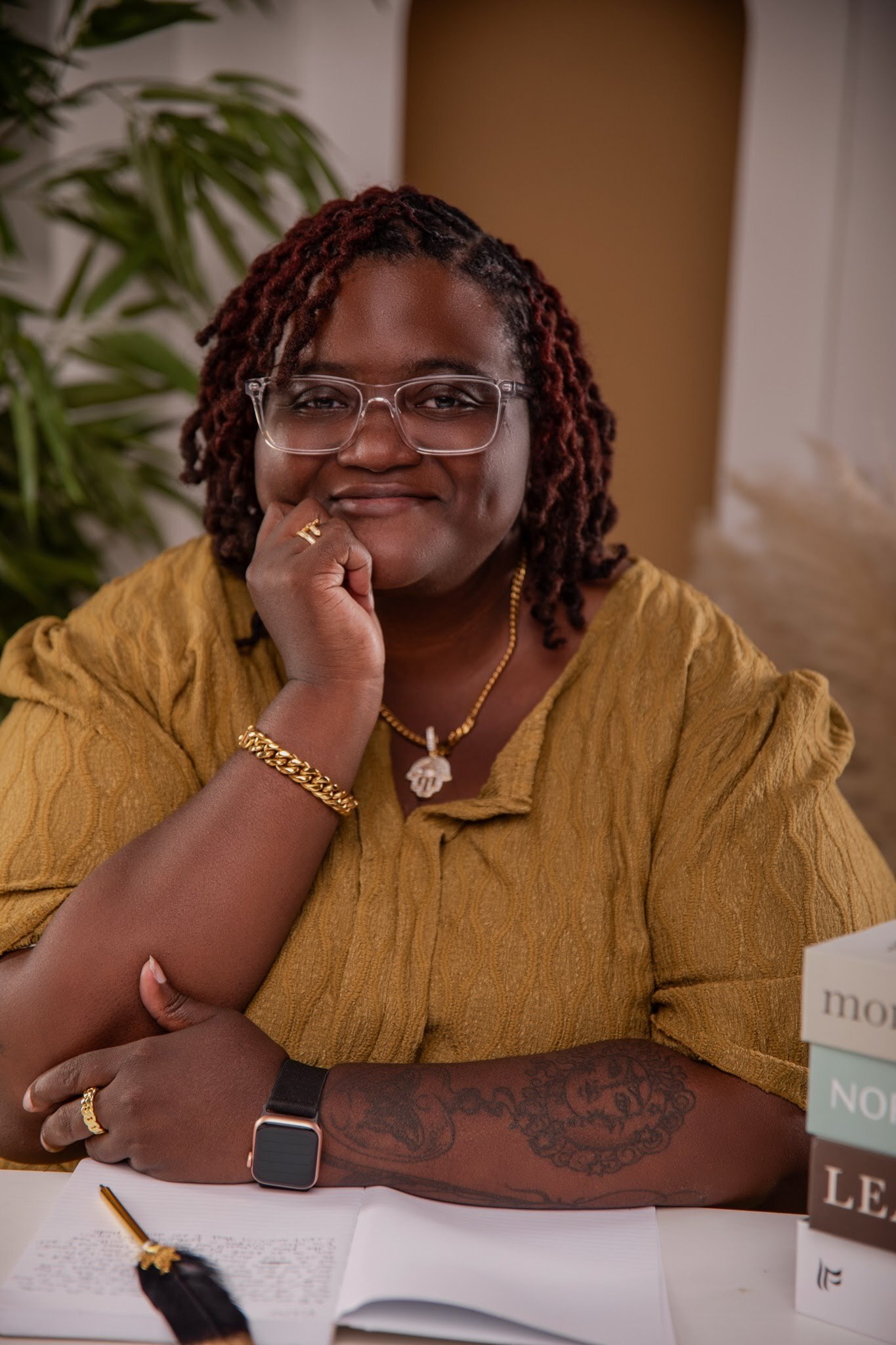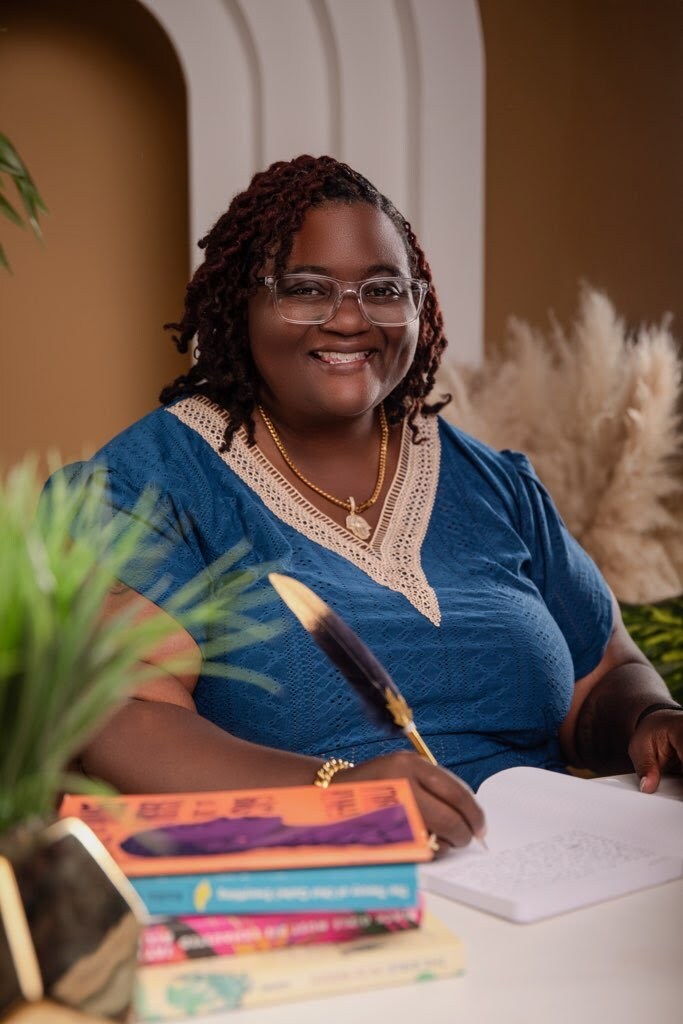Pain, whether from loss, trauma, or internal struggles, can feel like an unyielding weight. Yet, for some, like poet Leanna Little in her collection The Weight She Carried, words become a lifeline, a way to transform suffering into empowering art. Through poetry, authors can process their deepest wounds, find clarity, and reclaim their narrative, offering both themselves and their readers a path to healing.
The Alchemy of Words
Writing is more than expression; it’s alchemy. It takes the raw, chaotic material of pain and shapes it into something meaningful. In Leanna’s poem “Pray,” she writes:
“God, I’m here again / Asking you to pour / Your healing, loving blessings / Father God, / I am low—as low as the deep seas flow”
These lines capture the depths of despair, yet the act of writing them is an act of defiance—a refusal to let pain remain silent. By giving voice to her sorrow, Leanna begins to transmute it. This process mirrors what many writers experience: putting words to pain makes it less amorphous, less consuming. It becomes something you can hold, examine, and ultimately reshape.
Confronting the Past
For many authors, writing is a way to confront unresolved wounds. In “The Letter,” Leanna addresses her absent father:
“Hey, dad / Wish we could have had this conversation / Face to face, no walls, no silence / But you slipped away before the chance could take shape”
This direct address allows Leanna to grapple with the abandonment that shaped her. Writing becomes a dialogue with the past, a way to ask questions that may never be answered but need to be voiced. This act of confrontation is healing because it externalizes the pain, making it something separate from the self. Authors like Leanna show that writing can be a safe space to face what haunts us, turning ghosts into words.
Reclaiming Power Through Art
Poetry empowers by giving authors control over their narrative. In “Let Go,” Leanna declares:
“So I’m letting go of the depression / Saying goodbye to ED / Adios to anxiety / And farewell to the shame / I’m reclaiming my right to follow my dreams”
This poem is a manifesto of empowerment, a rejection of the mental health struggles that once defined her. By crafting these words, Leanna asserts agency, transforming herself from a victim of her pain to the architect of her healing. This is the essence of turning suffering into art: it’s not just about expressing pain but about using it to build something new—something that inspires resilience in both the writer and the reader.
The Mirror of Self-Discovery
Writing also serves as a mirror, reflecting both the broken and the beautiful parts of ourselves. In “Beautiful,” Leanna celebrates her strength:
“Beautiful / Oh beautiful / Where do I even begin? / Let your light break through / Brilliant from deep within”
This affirmation is a reminder that even in pain, there is beauty to be found. By writing about her resilience, Leanna rediscovers her worth, and her words invite readers to do the same. This reflective quality of poetry fosters self-compassion, allowing authors to see themselves not just as survivors of pain but as creators of something powerful and enduring.
Connecting Through Shared Humanity
Art born from pain resonates deeply, creating connections that heal. Leanna’s “I Pledge to Me” speaks to anyone who has fought inner battles:
“I pledge allegiance—to me— / To rise, to heal, to finally be free. / Free from the storm inside my head, / From the silent words of hate I once fed.”
These words offer solace to readers who recognize their own struggles in her lines. By sharing her pain, Leanna builds a bridge to others, reminding us that we’re not alone. This shared humanity is a cornerstone of healing, as it combats the isolation that often accompanies suffering.
How to Start Writing Through Your Pain
Inspired by Leanna’s journey? Here are some steps to begin your own healing through writing:
- Write Without Judgment: Start with a blank page and let your thoughts flow freely. Don’t worry about structure or grammar, just let the words come.
- Address Your Pain Directly: Like Leanna in “The Letter,” write to someone or something that has hurt you. This can help externalize your emotions.
- Find Your Imagery: Use metaphors, as Leanna does with the “serpent” in “Pray,” to make abstract pain feel tangible and manageable.
- Celebrate Your Resilience: Write a poem or passage that honors your strength, like “Beautiful.” Remind yourself of your victories.
- Share or Keep Private: Decide whether to share your work with others or keep it for personal reflection. Both can be healing in different ways.
Conclusion
Leanna Little’s The Weight She Carried shows how words can transform pain into art that heals. Through poetry, she confronts her past, reclaims her power, and connects with others, turning personal suffering into a universal story of resilience. Writing through pain isn’t about erasing it; it’s about shaping it into something that empowers both the writer and the reader. Pick up a pen, let your truth spill onto the page, and discover the healing power of your own words.



